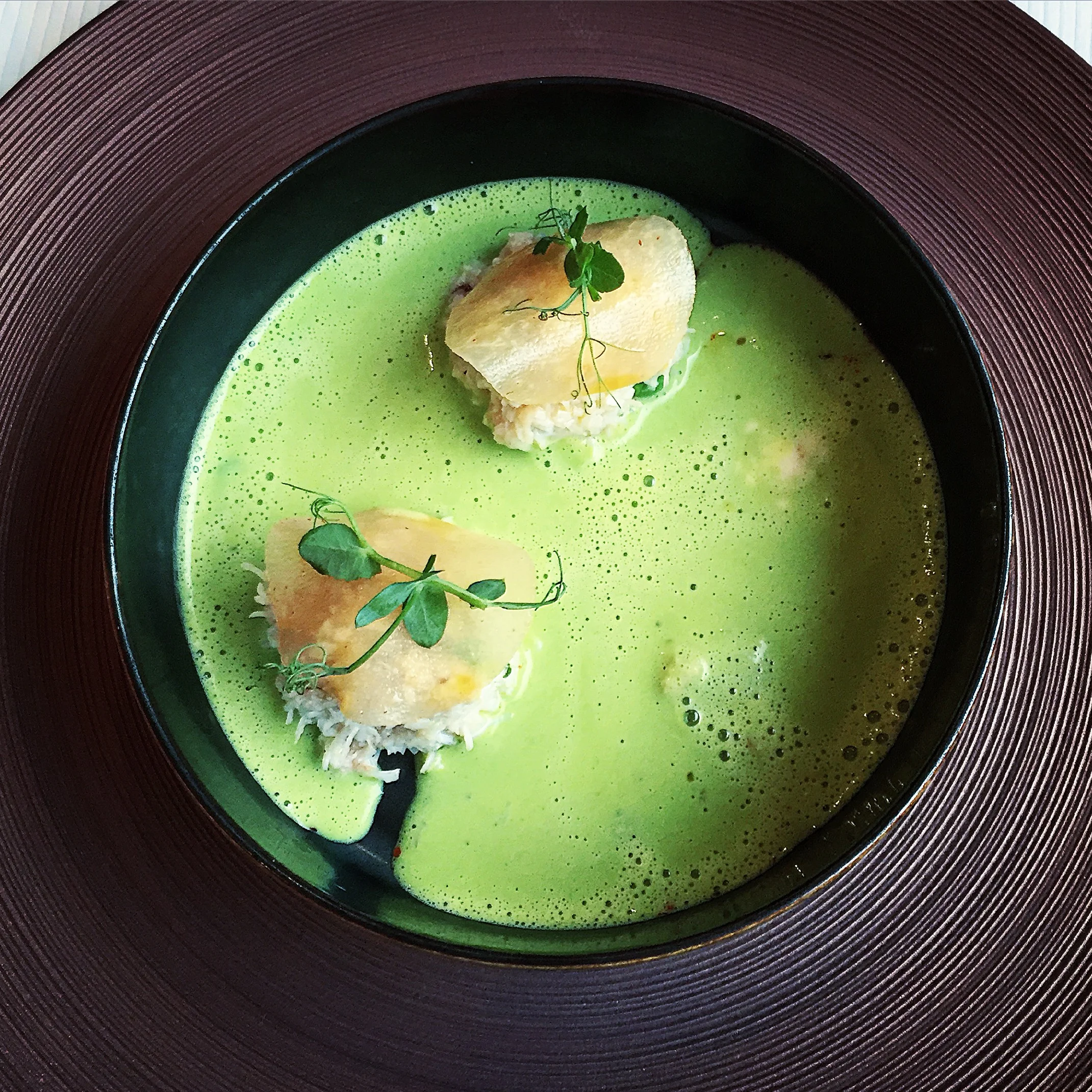Visual Pleasure and Narrative Vinegar
I’ve had dinner at Osteria Francescana twice, and each time I’ve eaten better the following day. Still – you want the porn, don’t you? I could call it something like ‘Dining at the Top of the World’. You’d read that. You’d read a course-by-course, money-shot-by-money-shot deconstruction of what I ate at The Best Restaurant on Earth. That foie gras Magnum: tell me about that sweet foie, man! That Five Ages of Parmesan dish – hit me up with your favourite age, homie! That ‘Oops, I Dropped the Lemon Tart!’ – did it just look totally dropped, like a total fucking mess, but taste AMAZING?
Instead let me tell you about lunch. About 40 minutes’ drive from Modena, there’s this village: San Giovanni in Persiceto. On a sidestreet is Antica Osteria Del Mirasole. Before you order anything, you are presented with a wooden board: a dab of house-made ricotta, a few slices of mortadella. The first time I went I ordered two courses; the second time I went I ordered exactly the same two courses, because when you have hired a car in Bologna, driven to Modena, been fined €50 on the autostrada, dented said car at the hotel garage, then driven another 40 minutes, you don’t want to take the risk of not attaining perfection. So, to begin: raw baby artichokes, parmesan, lemon juice, olive oil, a couple of drops of prized, almost non-Newtonian balsamic vinegar. A total game-changer; an unimpeachable, unimprovable starter: a burst of incredible ozone freshness, with just enough fat and body from the cheese and sweetness from the balsamico to offset the acid. Then my Desert Island dish: tortellini in panna, each piece the size of a fingertip but, perversely, abundantly filled, and swollen with sauce. With a glass of Lambrusco, the bill comes to about twenty-five quid a head – literally a tenth of dinner the previous night.
Let me be clear: there are plenty of restaurants in Modena itself. Massimo Bottura recommends several in Where Chefs Eat. But when we asked him, as he toured the Osteria Francescana dining room, for a suggestion for the next day, without hesitation he sent us 40 minutes out of our way (80, in fact – in the wrong direction for Bologna), to Mirasole. When we sat down for lunch, he was there, with his wife, a couple of tables away. What a weird, generous, confident, selfless, endearing gesture, to invite us along to a place he clearly cherished, at a time when he was going to be there. In the pivot from three Michelin stars to humble local restaurant, how eloquent of his attitude to food, his contemplation of it as something that appears in funny places throughout our culture, high and low: as sustenance, as memory, as history, as place, as art.
Take ‘An Eel Swimming up the Po River’, which tells the story (in Bottura’s words) of “a curious eel [retracing] the footsteps of the Estensi dynasty from the lagoons of Comacchio to the canals of Modena […] travelling against the current, the eel gathers a wealth of ingredients”. The eel is presented lacquered in saba (grape must – symbolising the countryside) and Amarone (from Veneto); it is served with polenta (Veneto again) and an apple extract (an echo of the mostarda from Mantua, en route). I had thought in terms of food and narratives before – what is a national cuisine but a retelling of a nation’s history? – but to be made to think in such explicit terms, to figure the thing you’re about to put in your mouth as a character in a fictional story – that was quietly thrilling. Until I actually ate it, when it became truly, absolutely disgusting, like teriyaki mackerel on baby food. But still! To swing for the fences, to make you think critically (literately?) and ask questions of your food – that’s provocative, and rare.
Look – the title of “Best Restaurant in the World” is essentially meaningless, because we have so many meals in our lives, and only some of them are improved by a tasting menu. Context matters, too: for my money, the best restaurant in the world on a cold January lunchtime is a little family place in Emilia Romagna where the tortellini are just so. But if the list – rightly derided for its whiteness, its maleness, its narrowness of scope – has any value, it’s to provide dispatches from the vanguard, heralding the trends that are going to be dominating dining rooms for several years to come (see: noma and the hedgerowification of your plate; think Meryl’s ‘cerulean top’ speech in The Devil Wears Prada with a little less snark). In spotlighting chefs like Bottura (and, further down the list, America’s Dan Barber), the list is privileging white dudes, but at least this year it’s privileging a certain type of cerebral, catholic-minded white dude who wants to start a conversation rather than stopping your mouth with Oscietra. If the trend is towards an experience that gives you as much pause for thought as pure pleasure then I’m at least intrigued; if we can extend the “food can be art” discussion beyond visual echoes of artists’ work and introduce a sense of wit and play that goes beyond food-dressed-up-as-other-food then sign me up for that, too. By all means, leave some oases – the Mirasoles of this world – in case we get thirsty en route, but keep moving, keep trying. Best in the world? Certainly not. But I might settle for most interesting.
Originally published by Civilian Global






